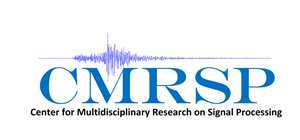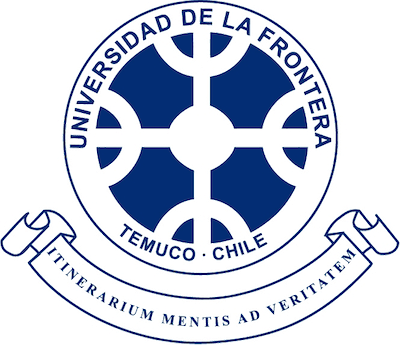
Radar

In contrast to many other sensing technologies, radar provides rich and potentially long range information and is robust in low visibility conditions. However, due to noise, interference and clutter, the reliable extraction of this information requires probabilistic techniques. Therefore, the use of radar technologies in engineering fields varying from target tracking, surveillance and autonomous robotic navigation, has spawned many stochastic based signal processing technologies, aimed at optimizing the extraction of useful information from radar. In particular, technologies aimed at optimizing the probability of detection, and ensuing spatial estimation of targets (in multi-target tracking) or map features (in autonomous robotics), whilst maintaining acceptable and low probabilities of false alarm are of great importance in these respective fields.
In both fields of research, it is necessary to determine the number and state space characteristics of an initially unknown number of unknown spatially located objects. Bayesian methods which optimally address this joint estimation concept are based on multi-object filtering, requiring solutions from recently formulated Random Finite Sets (RFSs). Fundamentally, RFS based methods allow both object detection and spatial uncertainty information to be propagated, via Bayes theorem, in a joint manner, circumventing the need for the fragile map management and data association methods necessary in former Bayesian, vector based estimation techniques.
Based on these concepts, two projects are currently being addressed under the Anillo framework:
Consistent Feature Map Estimation Error Metric Evaluation
Fundamental to any state estimation problem is the concept of estimation error. Current error evaluations of feature-based frameworks typically analyse the consistency of a subset of the feature location estimates. This gives no indication as to the quality of the estimate of the joint multi-feature map state. Qualitative analysis, in which estimated map features and robot location are superimposed on satellite images, is also not mathematically consistent and overlooks the underlying estimation problems of the feature map, namely that of the error in the estimated number and location of features in the map. This work addresses the implementation and fundamental use of multi-object metrics, such as Optimal Mass Transfer (OMAT) and Optimal Sub-Pattern Assignment (OSPA) to evaluate feature based mapping, and tracking performance, in terms of comparing both dimensionality as well as state space errors of multi-object estimates.
Application of Constant false Alarm Rate (CFAR) Detectors to Volcanic Activity Detection
The application of radar signal processing technologies in other fields also offers interesting opportunities. For example, vibrational amplitude data recorded in the vicinity of volcanoes, shows many similarities to radar A-scope data, which plots received radio signal amplitude as a function of time. Both signals potentially contain signals from, in the case of radar, targets or, in the case of volcanic sensors, volcanic events. They are also corrupted with noise, interference and clutter, requiring robust methods for detection. This work applies CFAR processors for the automatic and optimized detection of volcanic activities such as tremor events, based on sensed vibrational data.
 Proyecto Anillo
Proyecto Anillo


